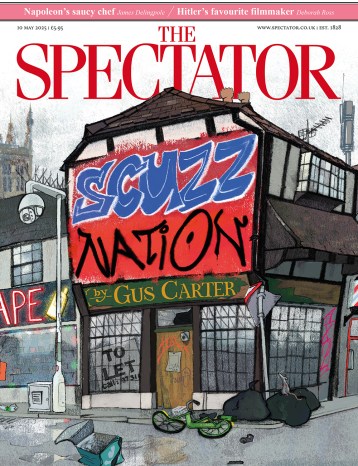This debut novel, which opens with ‘a high- school lacrosse party in 1999 and the rumour of a sexual assault,’ is billed as one story told in four different genres: memoir, horror, noir and thriller. It even has four covers. There is a reason for this, as Kate Reed Petty explains in an author’s note:
In borrowing these forms from popular culture, I was looking for ways to push against the simplistic assumptions we too often make about power, abuse and gender — assumptions that lock us into the same stories, again and again and again.

Disagree with half of it, enjoy reading all of it
TRY A MONTH FREE
Our magazine articles are for subscribers only. Try a month of Britain’s best writing, absolutely free.
Already a subscriber? Log in






Comments
Join the debate, free for a month
Be part of the conversation with other Spectator readers by getting your first month free.
UNLOCK ACCESS Try a month freeAlready a subscriber? Log in